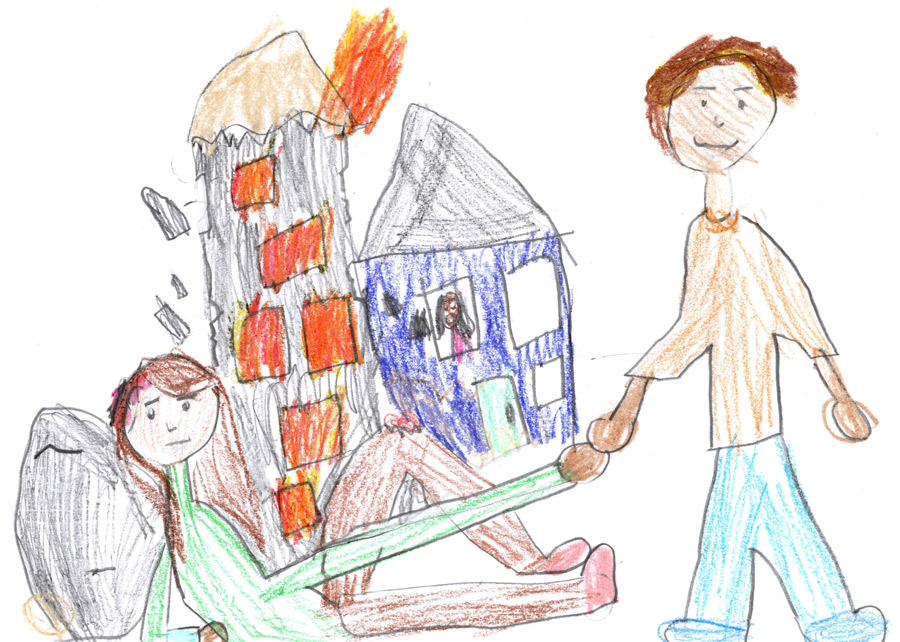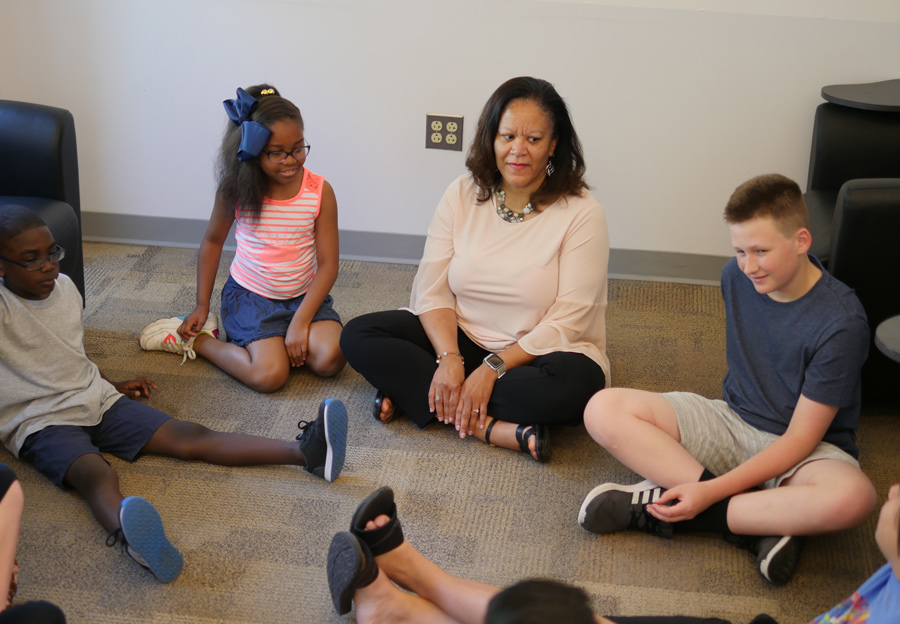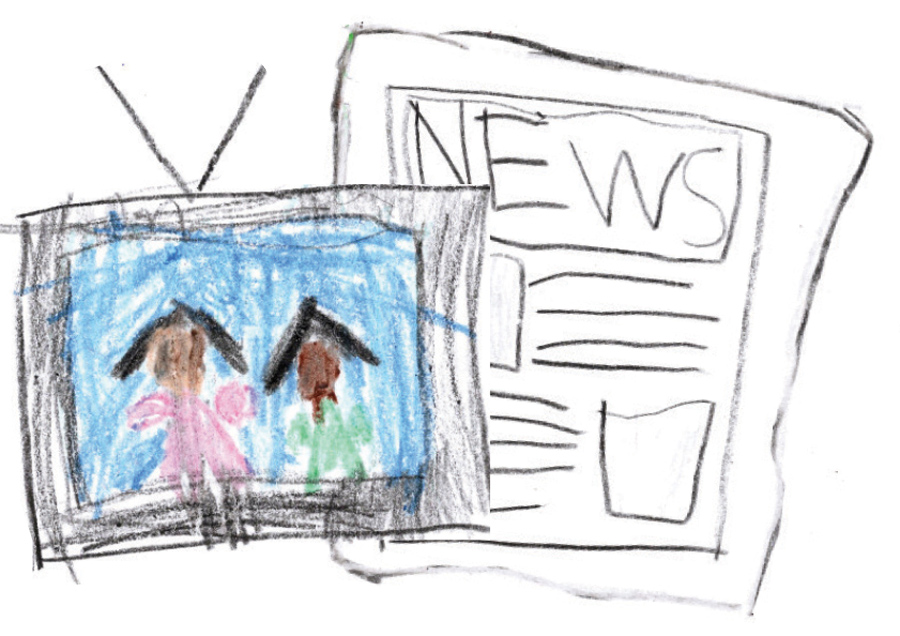6 Tips
for Explaining War to Children
n an ever-changing world, parents and educators are too often faced with explaining complex and challenging events to children. And perhaps nothing is more difficult to explain than violence, particularly war and armed conflict.

An expert in child and adolescent development who has been instrumental in developing and overseeing school-based mental health programs, Richardson explains that adults must help bridge the gap, offering support and understanding as school-age children navigate and process world events in a healthy and constructive way.
“When it comes to issues like [war], sometimes we can find it hard to connect the dots between a child’s behavior and the events unfolding in the world around them,” she said. “This is about being in tune with and understanding, developmentally, the ways in which these stressful situations might manifest for children.”
To help you prepare, Richardson offered the following tips:
Do some self-reflection.

Keep the child’s age in mind.
Remember, too, that the child’s age could determine the nature of their concerns. For example, younger children may focus more on safety and security issues, primarily for themselves and their loved ones. At the same time, middle schoolers may be more focused on factual information, and high schoolers will have begun assimilating the values of their caregivers, school, peers, and media.
With a younger child, you may need to reassure them that you and their country are ensuring their safety. With a middle schooler, you can provide accurate information and engage in further research alongside them. With high schoolers, you can help them think critically about what they know, how they obtained that information, and how they might consider the broader context of their role in current or future influence on these issues.
Consider limiting news consumption.

Get out in front of misinformation or biases.
Look for changes in behavior.
Don’t be afraid to reach out.
LISTEN UP
(We have a podcast!)

